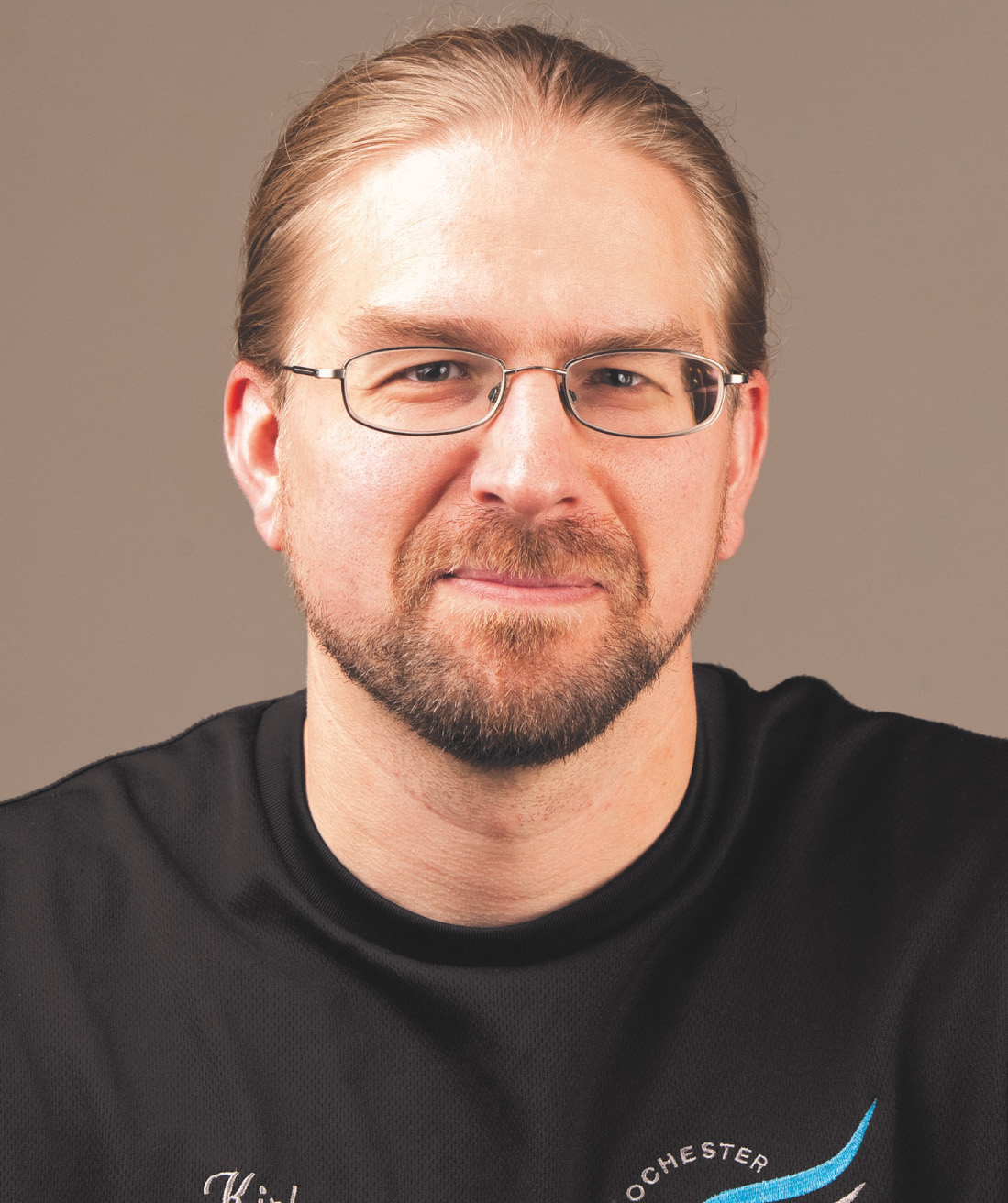How Massage Affects You After Exercise
Posted by Kirby Strissel on January 31, 2023
Most people know that massage feels good, but are there benefits to getting a massage after working out? Can a massage help improve recovery when you are training? Whether you are a weekend warrior, high level athlete or just trying to stay healthy - massage can help the body recover from a multitude of symptoms and injuries.
Some common post-workout symptoms and injuries can include:
- Low back pain
- Knee pain
- Elbow pain
- Muscle tightness
- Muscle strain
- Shin splints
- Tendinopathy
- Plantar fasciitis
- Swelling
- Joint catching
- Burning, numbness or shooting pain
- Loss of range of motion (ROM)
This list can affect not only your well-being, but also the ability to perform future workouts comfortably and effectively.
How Massage After Working Out Can Benefit You
One study from February 2012 out of McMaster University in Ontario, Canada looked at what happened after exercise when massage was applied for 10 minutes to the leg. The study gathered healthy young men and took muscle biopsies at rest two weeks before the experiment. Two weeks later the men cycled to exhaustion for 70 minutes. Upon completion they rested for 10 minutes and received massage to one of their legs. Muscle biopsies were taken again after the massage from both legs and again 2.5 hours later to compare the massaged and unmassaged legs.
What did they find? One of the statements about massage clearing lactic acid from muscles was actually shown NOT to be true. That myth had been perpetuated for years and this was one of the first studies to disprove that claim. There were, however, a few enlightening positive findings that explain how massage helps after exercise.
- Inflammation was reduced by dampening the activity of a protein called NF-kB.
- The protein PGC-1alpha was boosted in the massaged leg. This protein boosts the production of mitochondria, the powerhouses in our cells.
- Other proteins were similarly influenced by massage.
- The results also hint that massage blunts muscle pain by the same biological mechanisms as most pain medications.
Another study by the Wyss Institute and Harvard John A. Paulson School of Engineering & Applied Sciences from October 2021 looked at how massage affected injured leg muscles in mice. The teams created a robotic system to deliver compressive force to the injured leg muscles of the mice – imagine using a mini massage gun like a Theragun. They then tested for recovery.
The researchers found that the massage helped to clear immune cells called neutrophils (which play a role in inflammation) and inflammatory cytokines from the cells. The treated muscles had an increased reduction in the amount of damaged fibers along with an increase in fiber size and greater strength recovery.
From these two studies, massage has been shown to decrease inflammation, increase mitochondria production, and improve muscle fiber healing and strength recovery. They show post-exercise massage can lead to decreased recovery time.
In addition to these findings, there are some other known benefits to massage including:
- Increased circulation which brings nutrients to damaged tissue
- Decreased muscle pain and spasm
- Improved range of motion (ROM)
- Promotion of relaxation and improved sleep
Types of Massage and How to Get Started
There are different types of massage one can use to help with their recovery after workouts. These massages are similar but may have slightly different approaches and goals.
- Sports massage is used to treat common sports injuries and can include soft tissue massage, deep tissue massage and whole body massage techniques.
- Deep tissue massage is focused on addressing the deeper levels of muscle and fascia.
- Remedial massage is used to prevent or correct and rehabilitate movement patterns and mobility using deep tissue massage, trigger point therapy, myofascial release and stretching techniques.
- Relaxation massage is lighter work to loosen muscles and reduce stress and anxiety.
If you would like help with recovering from your workouts, the RAC’s Massage Therapy team will be happy to assist you. To schedule a massage you can reach out to the Activities Desk at (507) 287-9300. You can also schedule through our website racmn.com or the RAC App by using your Empower M.E. Member Login.
REFERENCES
Aubrey, Cameron. “How Massage Can Help Improve Your Post-Workout Recovery Routine.” Discover Massage Australia, January 14, 2022
https://www.discovermassage.com.au/blog/how-massage-can-help-improve-your-post-workout-recovery-routine/
Bakalar, Nicholas. “How Massage Heals Sore Muscles.” The New York Times, February 6, 2012
https://archive.nytimes.com/well.blogs.nytimes.com/2012/02/06/how-massage-heals-sore-muscles/
Brown, Eryn. “Study works out kinks in understating of massage.” Los Angeles Times, February 1, 2012
https://www.latimes.com/health/la-xpm-2012-feb-01-la-he-massage-20120202-story.html
Brownell, Lindsay. “Massage helps injured muscles heal faster and stronger.” The Harvard Gazette, October 6, 2021
https://news.harvard.edu/gazette/story/2021/10/massage-helps-injured-muscles-heal-faster-and-stronger/
“Massage is promising for muscle recover: McMaster researchers find 10 minutes reduces inflammation.” McMaster University. February 1, 2012
https://www.mcmaster.ca/opr/html/opr/media/main/NewsReleases/MassageispromisingformusclerecoveryMcMasterresearchersfind10minutesreducesinflammation.htm

Kirby Strissel
Kirby is Board Certified in Therapeutic Massage and Bodywork (BCTMB). He received his training at Sister Rosalind Gefre School of Professional Massage. Upon graduation in April 2004, he was hired on as a therapist. Kirby joined the RAC staff in January 2006 as a Massage Therapist.
Contact Kirby Strissel



